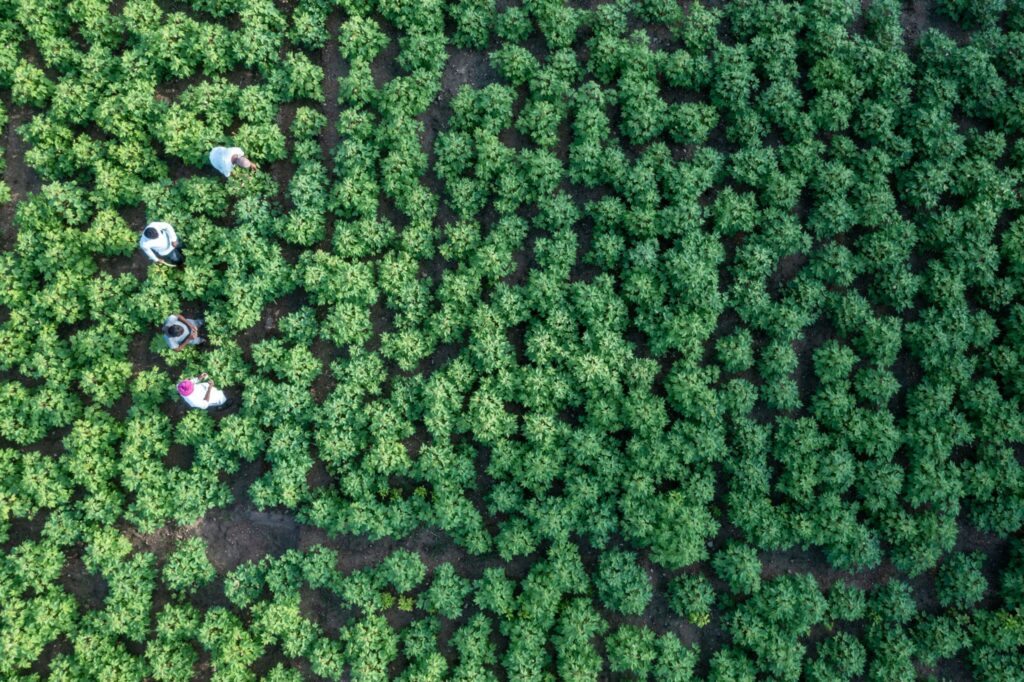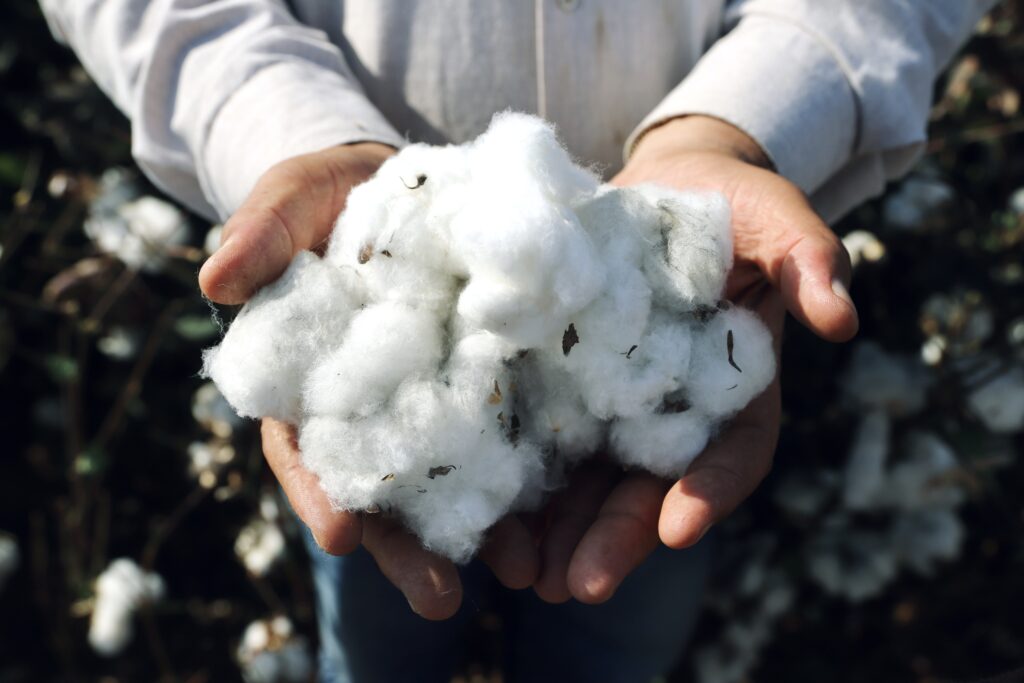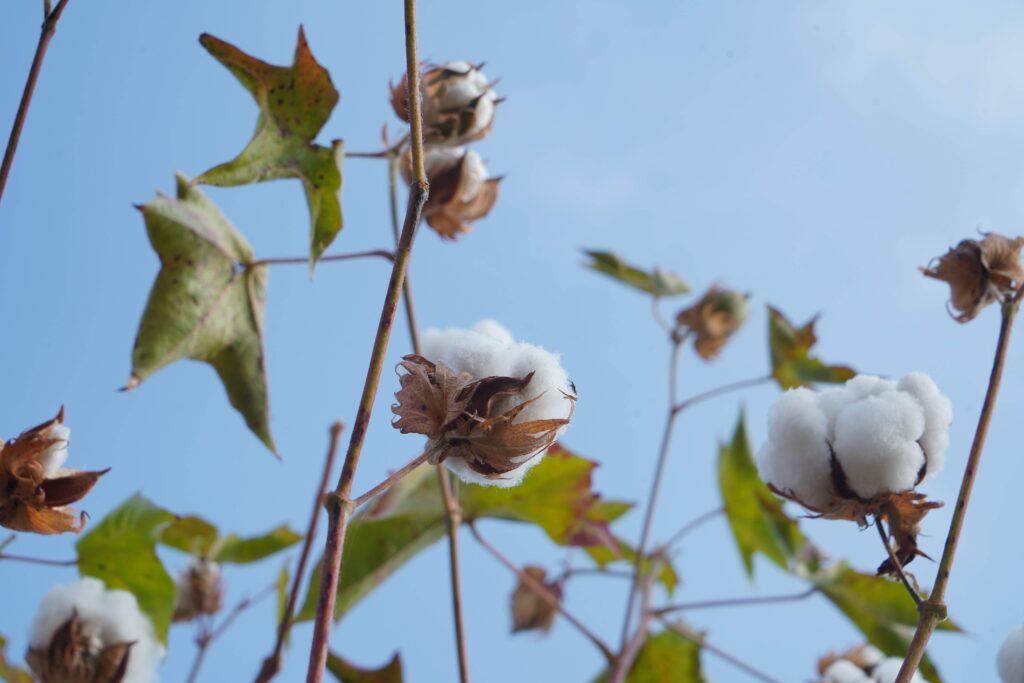The ‘Manual for Participatory On-Farm Breeding of Cotton’ aims to assist trainers in conducting instructional and practical training courses on Participatory Plant Breeding (PPB) in their respective communities and focus areas. It also serves as a facilitator handbook to train farmers in plant breeding and help organise their cotton breeding programmes in a participatory manner. The workshops and trainings outlined in the breeding manual are not just limited to the cotton crop, and can be followed by any institution, small group or an individual working on participatory plant breeding. This coupled with the potential to translate the manual into different local languages will truly maximise its widespread adoption by different audiences.
The content is primarily based on the experience of FiBL staff from ten years of implementing participatory plant breeding of organic cotton and on related farmers’ workshops in the decentralised participatory organic cotton breeding projects Green Cotton and Seeding the Green Future. The manual also features insights from FiBL master students exploring participatory methodologies and the fast-growing source of relevant scientific literature and guidelines on participatory breeding and participatory research in general, as well as experiences gained in the collaboration with smallholders, researchers, breeders and value chain partners.
The manual was produced with the support of Mercator Foundation Switzerland, the Organic Cotton Accelerator (OCA) and The Giving Circle of Amsterdam Foundation. It will also serve as a blueprint for the replication and upscaling of Participatory Plant Breeding in different regions of India and other countries.
The guide begins with a brief introduction of Participatory Plant Breeding, followed by seven sections on participatory cultivar evaluation including management of replicated mother trials and on-farm baby and pilot trials, making of crosses to create genetic diversity, plant selection in segregating populations (F2 – F8), maintenance breeding and multiplication, organic seed production and seed quality, and lastly commercialisation of cultivars to shed some light on the cultivar release process for both, the public and the private sector in India with emphasis on farmers and breeders.
Commenting on the publication of the manual, OCA’s Programme Officer, Mathilde Tournebize, said:
“We are thrilled to see FiBL’s technical experience in participatory cotton breeding and cultivar evaluation of the past decade translated into a manual of best practices. This shared knowledge will greatly benefit the organic cotton sector in India by providing trainers and farmers with practical tools for developing and identifying locally adapted cotton cultivars. We have proudly been supporting FiBL in the Seeding The Green Future programme since 2017, alongside Mercator Foundation Switzerland, and we are delighted that this handbook will work as a unified guide for the sector.”
FiBL’s theme leader for ‘resilient cropping systems’, Amritbir Riar, added:
“We have developed this manual to foster capacity development in both trainers and farmers. Trainers will teach farmers, and through this support and education, farmers will learn new techniques and improve their practices of participatory plant breeding. We are proud that the manual’s core strength is that it blends complexity with flexibility, so it can be adapted and used in different contexts.”
The 84-page manual is available for free download at shop.fibl.org > 1185, where it can be also be ordered as a print copy.



